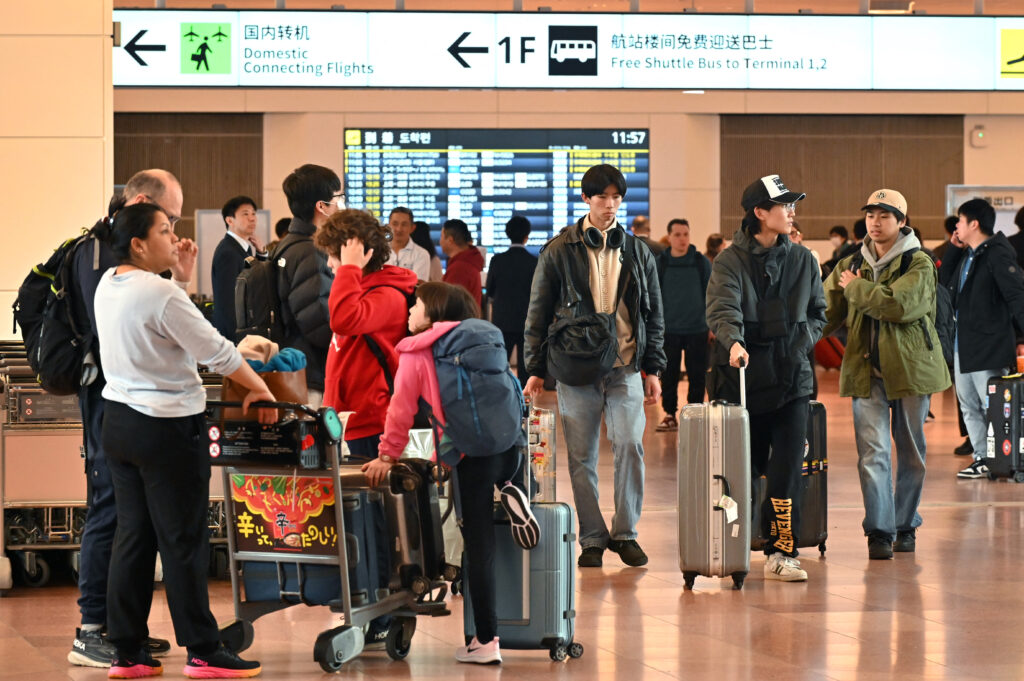
- ARAB NEWS
- 18 Jul 2025

TOKYO: Japan’s transport ministry plans to revise around June its guidelines on airport operators’ business continuity planning (BCP) in order to enable airports to accept evacuees smoothly in times of disaster.
The move comes on the heels of the 7.6-magnitude earthquake that hit the Noto Peninsula in Ishikawa Prefecture in central Japan on Jan. 1.
The revised guidelines are expected to include steps airports need to take when accepting evacuees from nearby areas.
After the Noto Peninsula quake, which registered up to the maximum level of 7 on Japan’s seismic intensity scale, some 500 people, including local residents, evacuated to Noto Airport in the Ishikawa city of Wajima, staying inside the airport building or cars at the airport’s parking lots.
The new guidelines will call on airport operators to grasp the precise number of evacuees they can accept once a disaster happens, by showing a method to calculate the space needed for such evacuees, sources familiar with the matter said.
Airport operators and relevant local governments will be asked to establish rules in advance on the division of roles, cost-sharing and evacuation periods at the time of evacuation, the sources said.
The revised guidelines will clearly state that disaster response headquarters to be set up by airport operators can hold their meetings online.
The current guidelines have a goal of restoring airport operations within 72 hours of a disaster. As it took as much as about a month for Noto Airport to resume operations after the New Year’s Day quake, however, the transport ministry will allow airport operators to set realistic goals based on damage estimates and restoration work, according to the sources.
The revision will be the first for the guidelines, which were drawn up in 2020 following disaster damage such as the flooding of Kansai International Airport in Osaka Prefecture, western Japan, due to a typhoon in 2018.
The ministry also plans to beef up support through the Technical Emergency Control Force, or TEC-FORCE, which will be dispatched from its headquarters in Tokyo or its local aviation bureaus in the event of disasters, the sources said.
The ministry will also enhance support related to airport operations in times of disasters, such as adjusting the landing of helicopters.
This is because in the Jan. 1 earthquake, there was a lack of personnel doing adjustment work for accepting rescue helicopters, including extending airport operating hours and deciding landing points for the aircraft, according to the sources.
JIJI Press